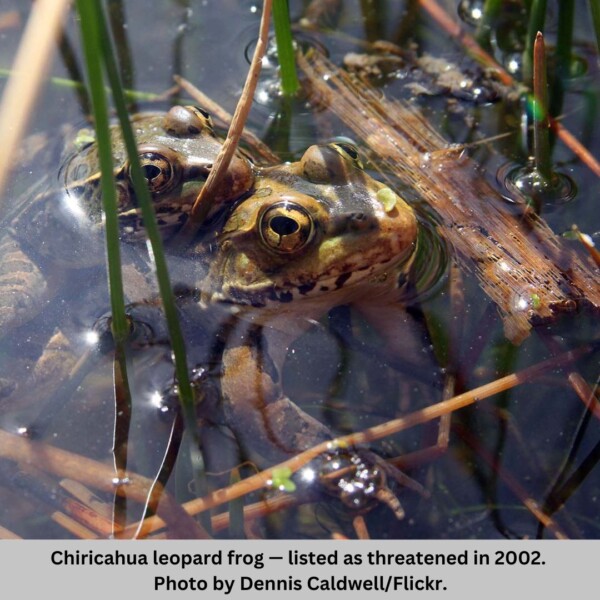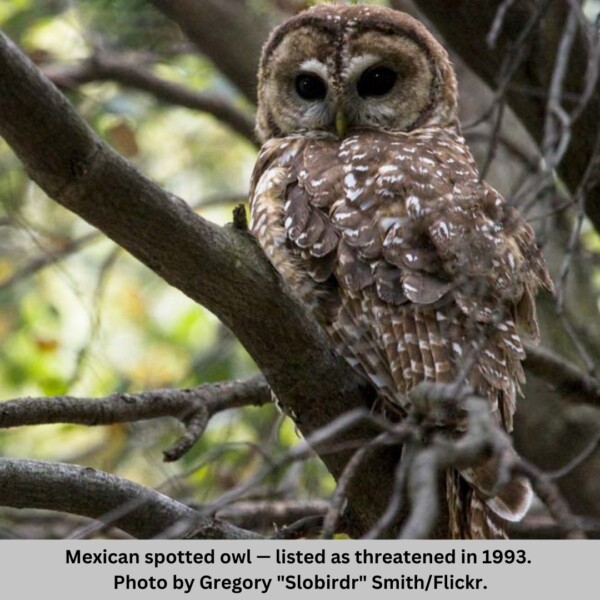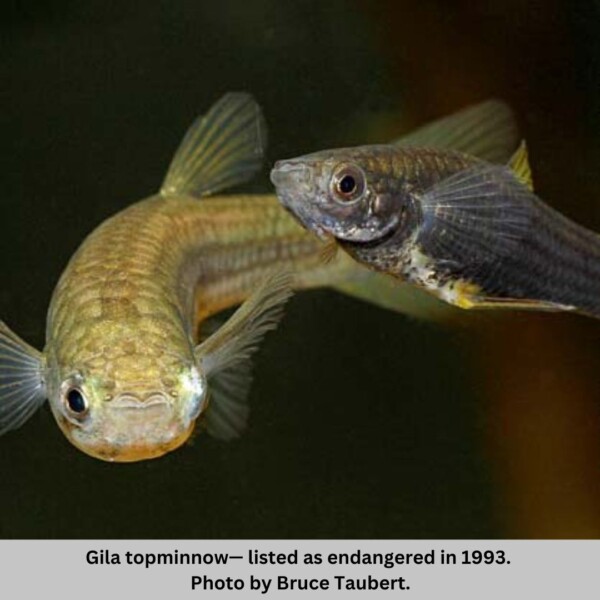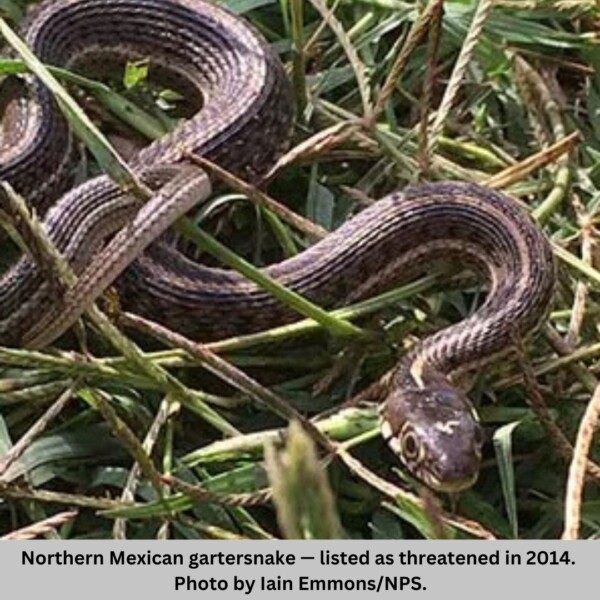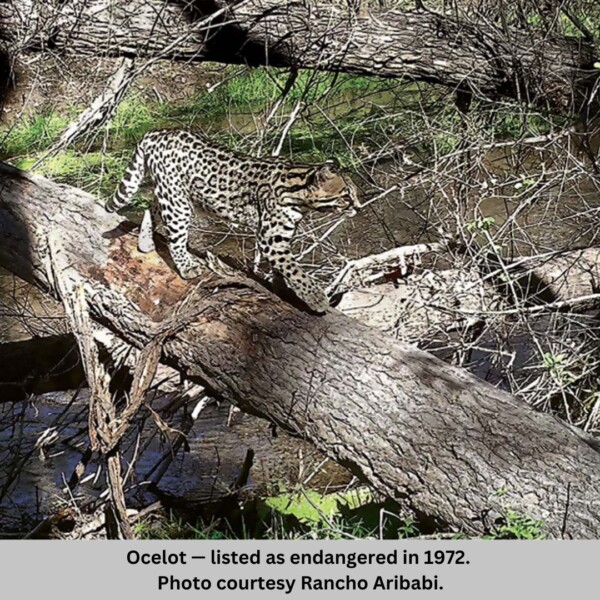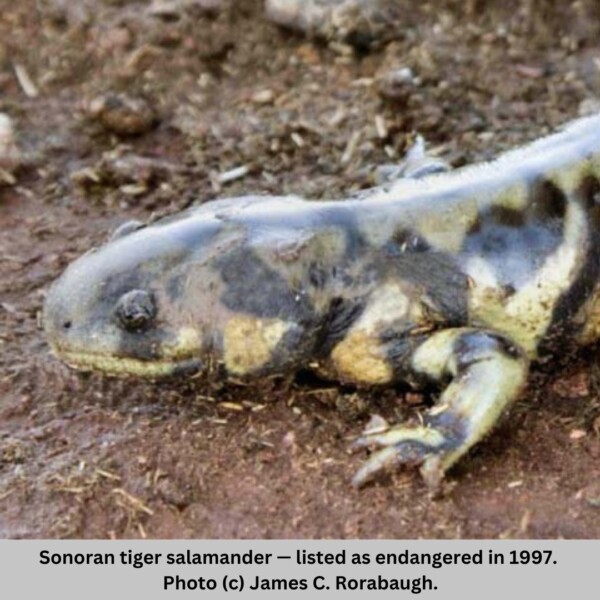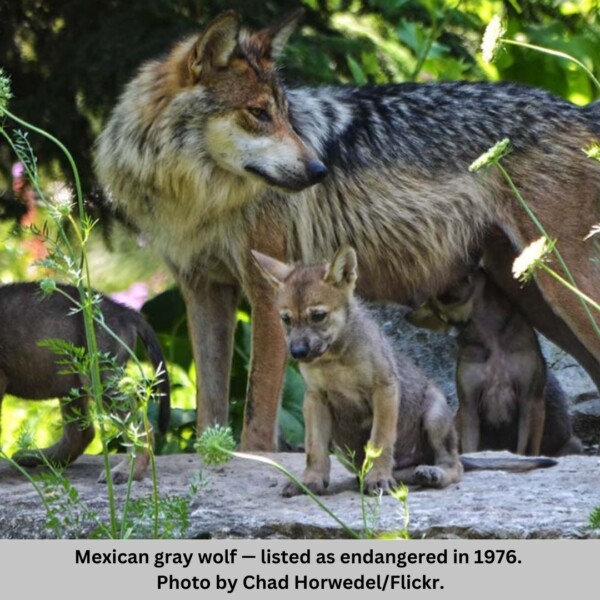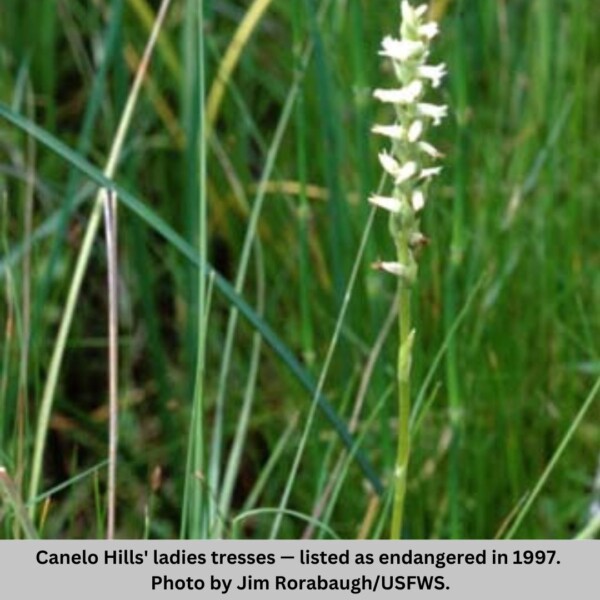In 1973, following the first Earth Day celebrations and as part of a movement toward greater environmental awareness, the Endangered Species Act was established to prevent the extinction of plants and animals in the United States. Fifty years later, it remains a crucial last line of defense for many species that are victims in a global trend toward habitat loss and extinction. By any measure, the losses in recent years have been devastating, and the need for action is urgent.
Some would argue that the Act, as it currently functions, isn’t a magic fix in the quest to save biodiversity because it can take years for a species to be officially recognized as endangered or threatened. By then it may be too late, or dozens more species may need protection. Fair enough. The Endangered Species Act should be strengthened, safeguards should be extended to waitlist species, and funding for wildlife programs across the country should be vastly increased.
But even as it stands, the Act is an essential tool in the conservation kit. I’ve seen what can happen without it — when the law is tossed out due to federal waivers like the REAL ID Act and when no environmental laws restrict government destruction of habitat along the U.S.-Mexico border. It’s awful.
Without the Endangered Species Act, wild landscapes can be destroyed. Iconic animals like jaguars and ocelots could lose their foothold to recover in the Southwest. Springs and creeks with native fish could run dry without consequence, and unassuming flowers could disappear without most of us knowing they existed.
That’s why, to this day, the Act remains vital and necessary. It gives wildlife a voice and ensures their consideration when it comes to new development. Let’s celebrate, then, the lifeline that the Endangered Species Act provides and work to restore its protection to our borderlands — for the sake of the Sky Islands’ imperiled species, including those featured here.



